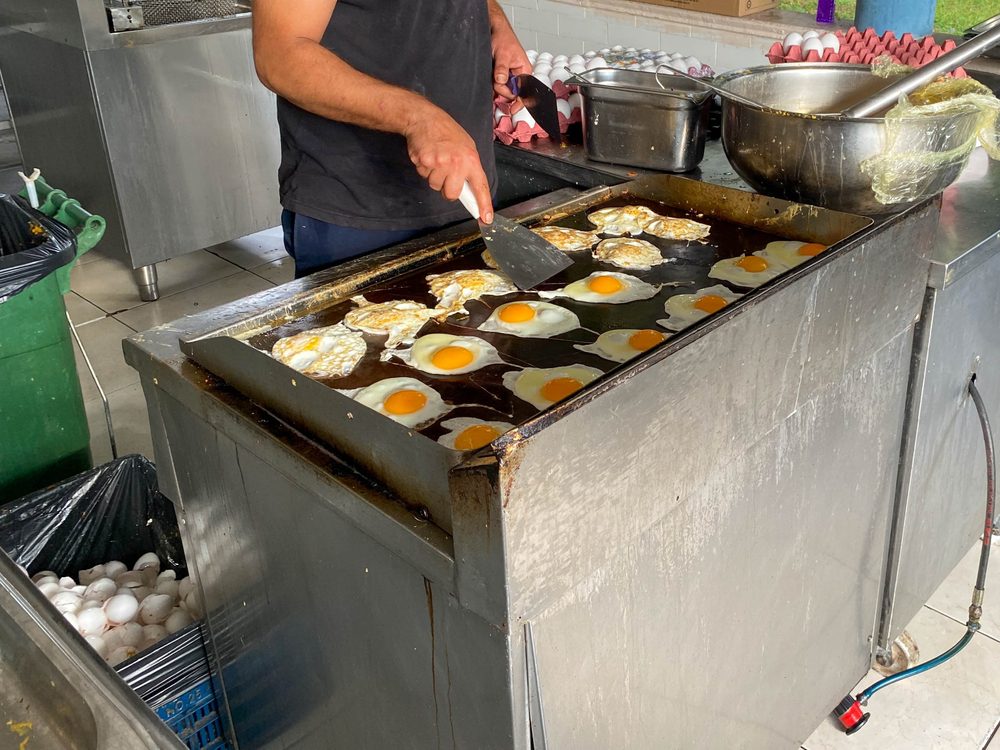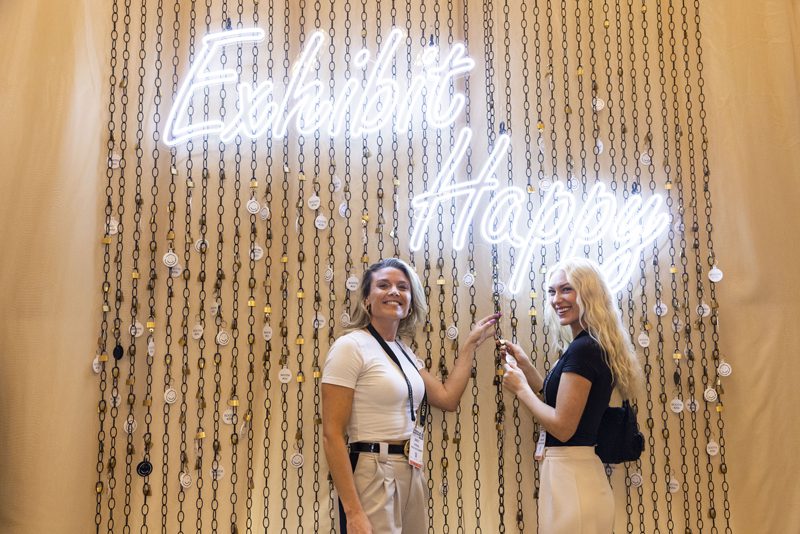Michael Eisner, the high-powered CEO of The Walt Disney Co., has a simple formula for his managers: You have to achieve regular annual growth of 20% to become a “division of note.”
By that standard, Disney Direct Marketing should be high on the corporate winner’s list. It has grown from $65 million in sales two years ago to an anticipated $200 million in fiscal 1998, which ends in October. What’s more, the unit has succeeded by following another of Eisner’s dictums: By developing synergies with other Disney divisions. But it hasn’t been easy.
It all started 18 months ago when Donna Bhatia joined Disney Direct Marketing as vice president of marketing and new business development. Just as she arrived, Disney moved the DM unit from New York to its headquarters in Burbank, CA. Bhatia started a regimen of 12-hour days to restaff (many people left because of the relocation) and get the unit into shape, but she was happy about the move: She realized it would be easier to network with other Disney division heads in Burbank.
Disney Direct Marketing then consisted of a single property-The Disney Catalog. (The firm had divested its Playclothes and Childcraft catalogs because they did not support the brand.) There was solid infrastructure in place, including an inhouse telemarketing unit in Kansas City and a 170,000-foot fulfillment center in Memphis.
But Bhatia soon realized that she had even more critical assets at her disposal. One was an under-utilized catalog distribution channel: the Disney stores. Thanks to Bhatia’s efforts (and the cooperation of retail managers) Disney Direct is now placing over 10-million catalogs a year in the 600 Disney stores worldwide (450 of them in the U.S.). Last year, this channel netted $13 million in sales, at only half the advertising cost of mailed catalogs.
Even more important was a plethora of Disney customer databases, only five or so of which had ever been used for catalog mailings. Searching the company for additional files, Bhatia and her team found 60 other databases from which to build their prospect pool.
That pool now consists of 10 million unique households (deduped from 20 million), making the file one of the largest private prospecting databases in the country. Every prospect has “done something Disneyesque,” Bhatia says. “They’ve gone to Disneyland or Disney World, bought a Disney video, have a Disney credit card, or gone to a Disney theatrical event.”
This affinity is even more important than a propensity for mail order buying, according to Bhatia. “They’ve got to like Mickey Mouse, Donald Duck or Winnie the Pooh,” she says. “You just can’t use any old mailing list.”
These databases have enabled Disney to start several brand extensions for specific target groups. One is a twice-a- year collectibles catalog called The Walt Disney Gallery Catalog. Started in spring 1997, it has been successfully mailed to outside collector’s lists, including those of Lenox Mint, Danbury Mint and Franklin Mint. Circ is now 2.5 million catalogs per year, producing annual sales of $6 million.
Another is The Disney Kids Catalog of children’s merchandise, mailed to parents (Disney does not mail to children). Appearing twice a year, it highlights back-to-school merchandise in August, and Halloween costumes (“which we’re very good at”) in September. It is now $3 million-a-year business with an annual circ of 1.3 million.
Finally, there’s Pooh’s Corner, reflecting the fact Pooh fans are not often Mickey Mouse fans. Started last year, it now has an annual circ of 4 million a year, and revenue of $6 million.
These catalogs include a great deal of merchandise for adults, including branded clothing and household knicknacks, as well they should: The average Disney buyer is a woman, aged 25 to 35, with a household income of $53,000 and children under 18 at home.
Disney DM has also moved beyond catalogs. Eighteen months ago, for example, it started a 1-800 gift service called Pooh Gram. For $29.95, a parent can send a Pooh bear, bearing a personal message and dressed in the appropriate costume for the occasion Rolled out after research and tests, this service is already a $10 million a-year business. (The Mickey Gram is next). Another is the Winnie the Pooh Flag club, a continuity through which holiday flags can be sent on a regular basis. It, too, grosses around $10 million a year.
(Yes, there’s a Web site, www.disney.com/shop, but logoed product sales have been minimal to date).
There is one problem: Growth has been so dramatic the Memphis warehouse can no longer support the operation. The division is now building a 500,000 square-foot fulfillment center in South Carolina, but it will have to limit its holiday efforts until the project is finished.
Bhatia is one of those unique people who chose DM as a profession. After taking her MBA at University of Texas, she was hired as senior merchandise analyst for Lillian Vernon. Her next job was with J. Crew, where she eventually became VP of marketing for Clifford & Wills.
Disney is her idea of a fun job. “Who wouldn’t love coming to work every day with Winnie the Pooh and all those other Disney characters?”
 Network
Network

